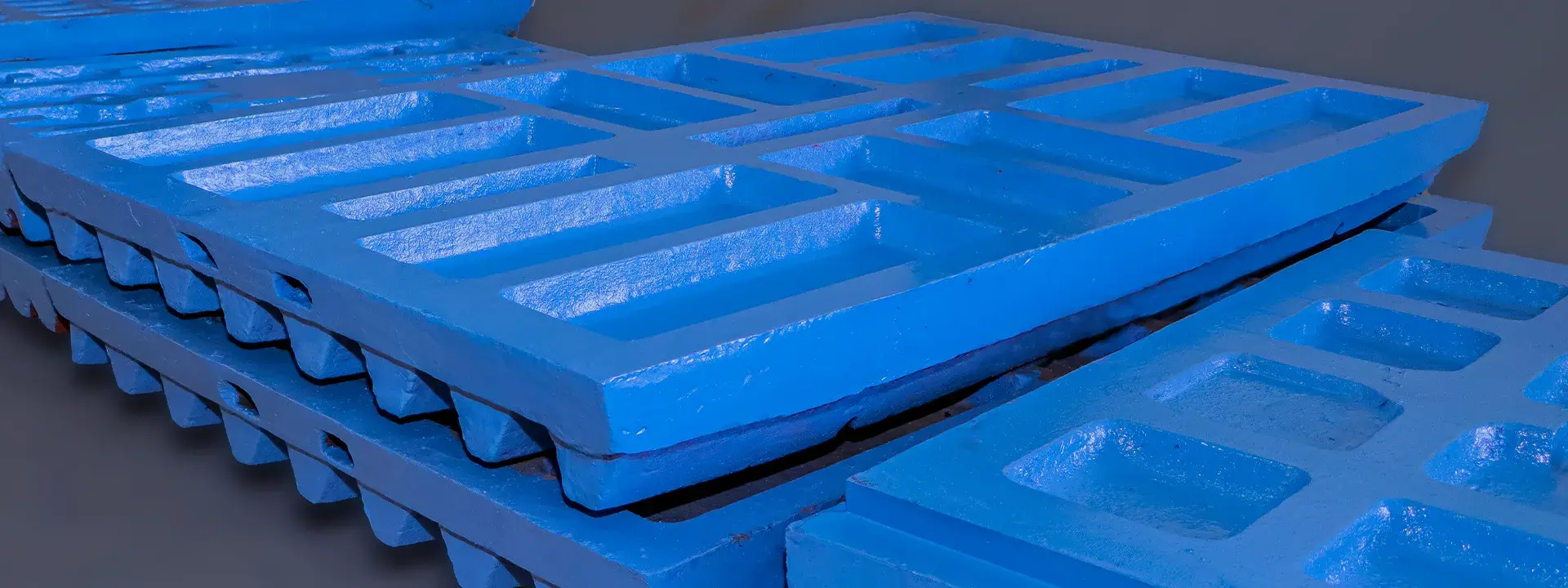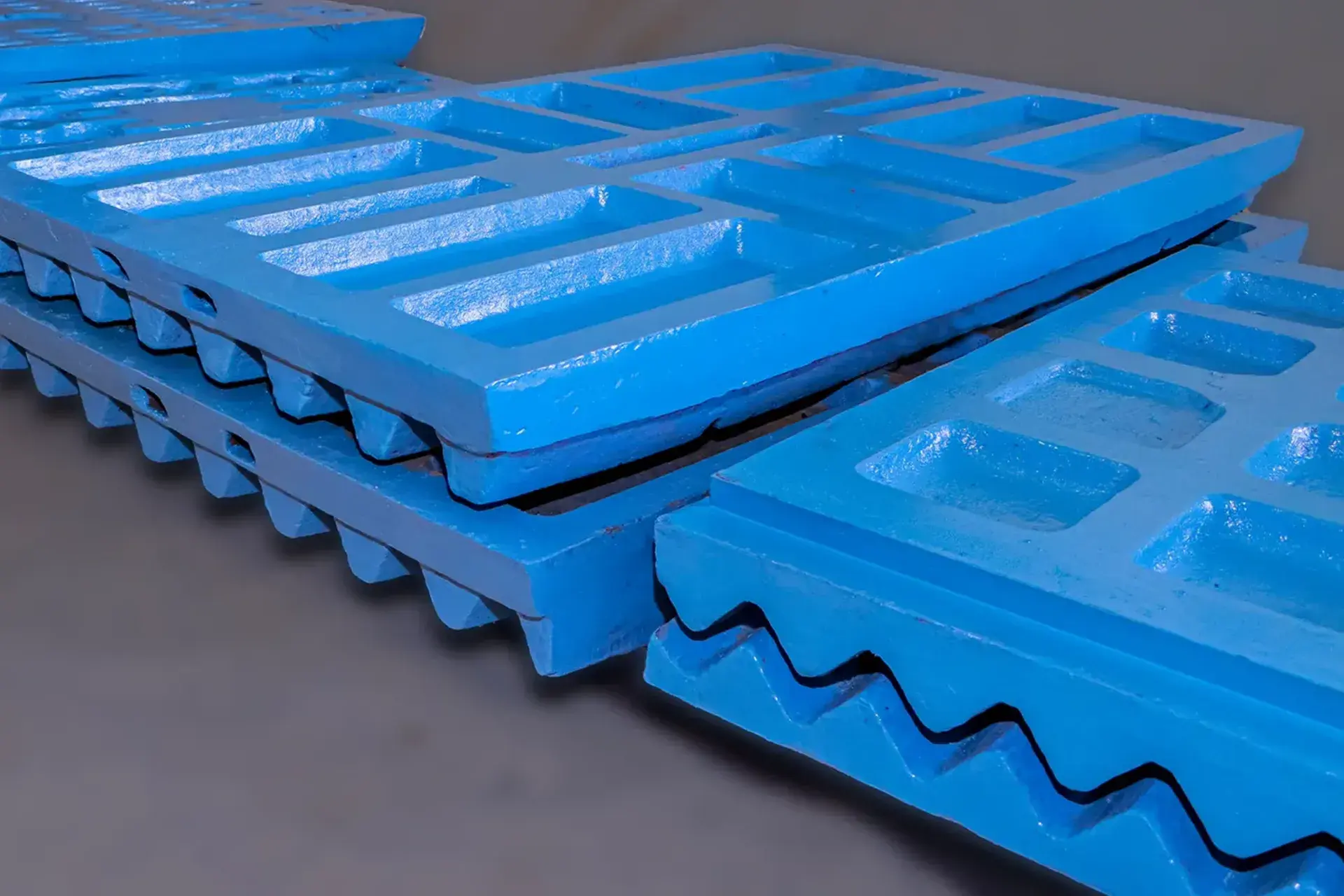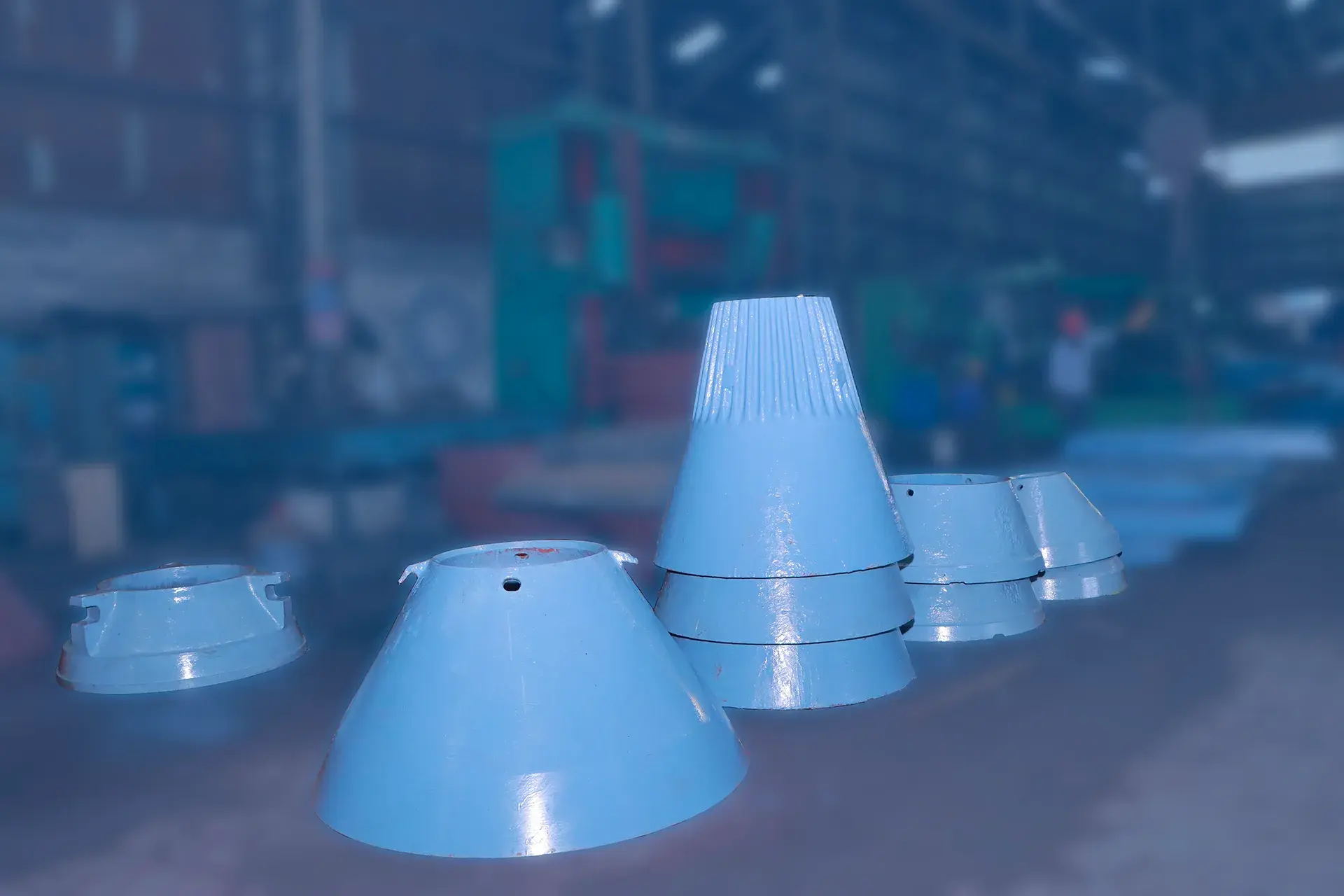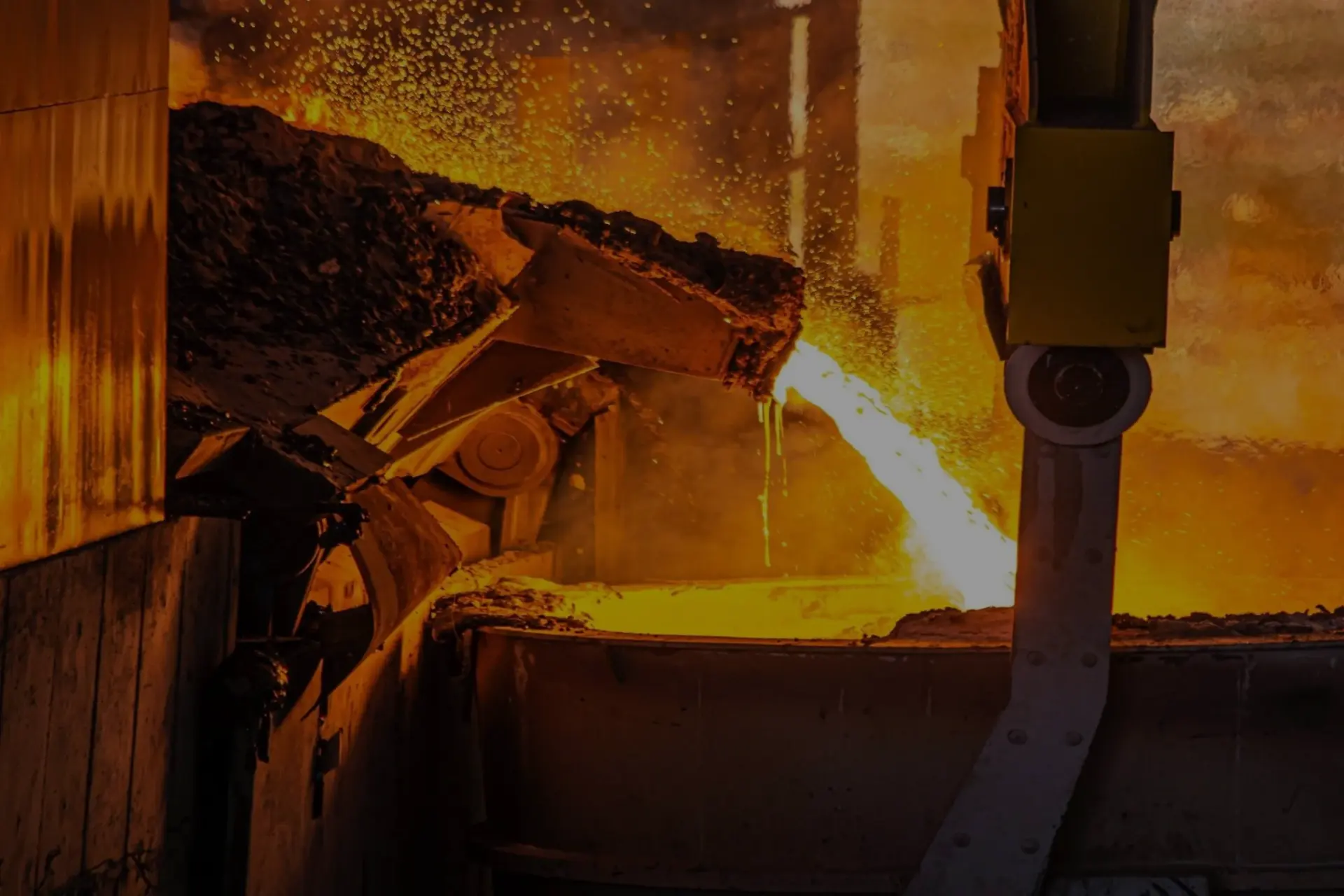Effective Maintenance of Jaw Plates in Jaw Crushers: Essential Tips and Practices

Introduction
Jaw crushers are indispensable equipment in the mining and construction industries, known for their role in reducing large rocks into smaller, more manageable sizes. Central to the functionality of these powerful machines are jaw plates, which bear the brunt of the crushing process. The condition and performance of jaw plates directly impact the efficiency and longevity of jaw crushers. This blog aims to educate readers on maintaining jaw plates to ensure optimal performance and longevity of their jaw crushers.
Understanding Jaw Plates
What are Jaw Plates? Jaw plates are the wear parts of jaw crushers, made from high-manganese steel, designed to crush large rocks and ores by compressing them between two surfaces - the fixed and swing jaw plates. The fixed jaw plate is stationary, while the swing jaw plate moves back and forth.
Types of Jaw Plates:
- Fixed Jaw Plate: Stays in place and provides a stable surface for crushing.
- Swing Jaw Plate: Moves and exerts force on the material to crush it.
- Material Compositions: Jaw plates come in different compositions such as high manganese steel, alloy steel, and others designed to suit various crushing applications.

Common Issues with Jaw Plates
Wear and Tear: Jaw plates are subjected to constant friction and impact, leading to
significant wear and tear. This natural degradation can compromise the crusher's efficiency
and require frequent replacements if not properly managed.
Breakage: Improper use or overloading can cause jaw plates to crack or break. This not only
halts production but can also cause damage to other components of the crusher.
Impact on Crusher Performance: Worn or broken jaw plates can drastically reduce the crushing
efficiency, resulting in uneven product sizes and increased operational costs. A notable
case involved a mining operation where improper maintenance of jaw plates led to frequent
breakdowns and a significant drop in productivity.
Maintenance Tips for Jaw Plates
Maintenance:
- Visual Inspections: Check for visible signs of wear and tear, cracks, and loose fittings.
- Lubrication: Ensure that the jaw plates and the crusher mechanism are well-lubricated to reduce friction.
Weekly Maintenance:
- Tightening Bolts: Inspect and tighten all bolts and screws to ensure jaw plates are securely fastened.
- Checking for Deformation: Examine the jaw plates for any deformation that could affect crushing efficiency.
Monthly Maintenance:
- Detailed Inspections: Conduct thorough inspections of the jaw plates, checking for significant wear and deciding if replacements are necessary.
- Alignment Checks: Ensure the jaw plates are correctly aligned to prevent uneven wear.
- Timely Replacements: Replacing jaw plates before they are excessively worn can prevent damage to the crusher and maintain efficiency. Keeping spare jaw plates on hand ensures minimal downtime.
Advanced Maintenance Practices
Hard-Facing: Hard-facing involves welding a layer of wear-resistant material onto the jaw
plates to extend their life. This technique can significantly reduce wear and tear,
providing a cost-effective solution for maintaining jaw plates.
Protective Coatings: Applying protective coatings to jaw plates can enhance their resistance
to abrasion and impact. These coatings are particularly useful in harsh operating
environments.
Modern Technologies: Using advanced monitoring tools like wear indicators and sensors can
help in predicting jaw plate wear and planning maintenance schedules more effectively. These
technologies provide real-time data, allowing for proactive maintenance.
Industry Standards: Adhering to industry best practices and standards ensures that jaw plate
maintenance is performed correctly. Following guidelines from manufacturers and industry
bodies can enhance the efficiency and lifespan of jaw plates.
Benefits of Proper Maintenance
Cost Savings: Regular maintenance of jaw plates reduces the need for frequent replacements,
resulting in significant cost savings. It also minimizes downtime, ensuring continuous
production.
Improved Efficiency: Well-maintained jaw plates enhance the crushing efficiency of the jaw
crusher, leading to better product quality and higher throughput.
Increased Safety: Proper maintenance ensures that the jaw plates and other crusher
components operate safely, reducing the risk of accidents and injuries.
Long-Term Advantages: For businesses in the mining and construction industries, investing in
the maintenance of jaw plates translates to long-term benefits such as increased equipment
lifespan, better resource utilization, and improved overall profitability.
Conclusion
Maintaining jaw plates in jaw crushers is crucial for optimizing performance and ensuring longevity. Regular inspections, timely replacements, and the use of advanced maintenance practices can significantly enhance the efficiency and lifespan of jaw plates. By implementing the tips and practices shared in this blog, businesses can achieve better crusher performance and enjoy long-term benefits.
For further assistance or to learn more about our products and services, contact Wear Steels Pvt Ltd today. Visit our service page or reach out to our team for expert advice and support.
Latest Blogs

Effective Maintenance of Jaw Plates in Jaw Crushers: Essential Tips and Practices
Jaw crushers are indispensable equipment in the mining and construction industries, known for their role in reducing large rocks into smaller, more manageable sizes. Central to the functionality of these powerful ....

Effective Tips to Extend the Life Cycle of Cone Liners in Cone Crushers
Cone crushers play a vital role in the mining and aggregate industries by reducing large rocks into smaller, more manageable sizes for further processing. At the heart of these machines are cone liners, which endure the brunt of ....

The Future of Sustainable Manufacturing: Exploring Green Casting Techniques
Green casting represents a transformative shift in manufacturing, aiming to minimize environmental impact through eco-friendly materials and processes. This approach is crucial for reducing the industry's ....
Download our brochure to view our product portflio!

We're here to help
Fill out the form to reach us!